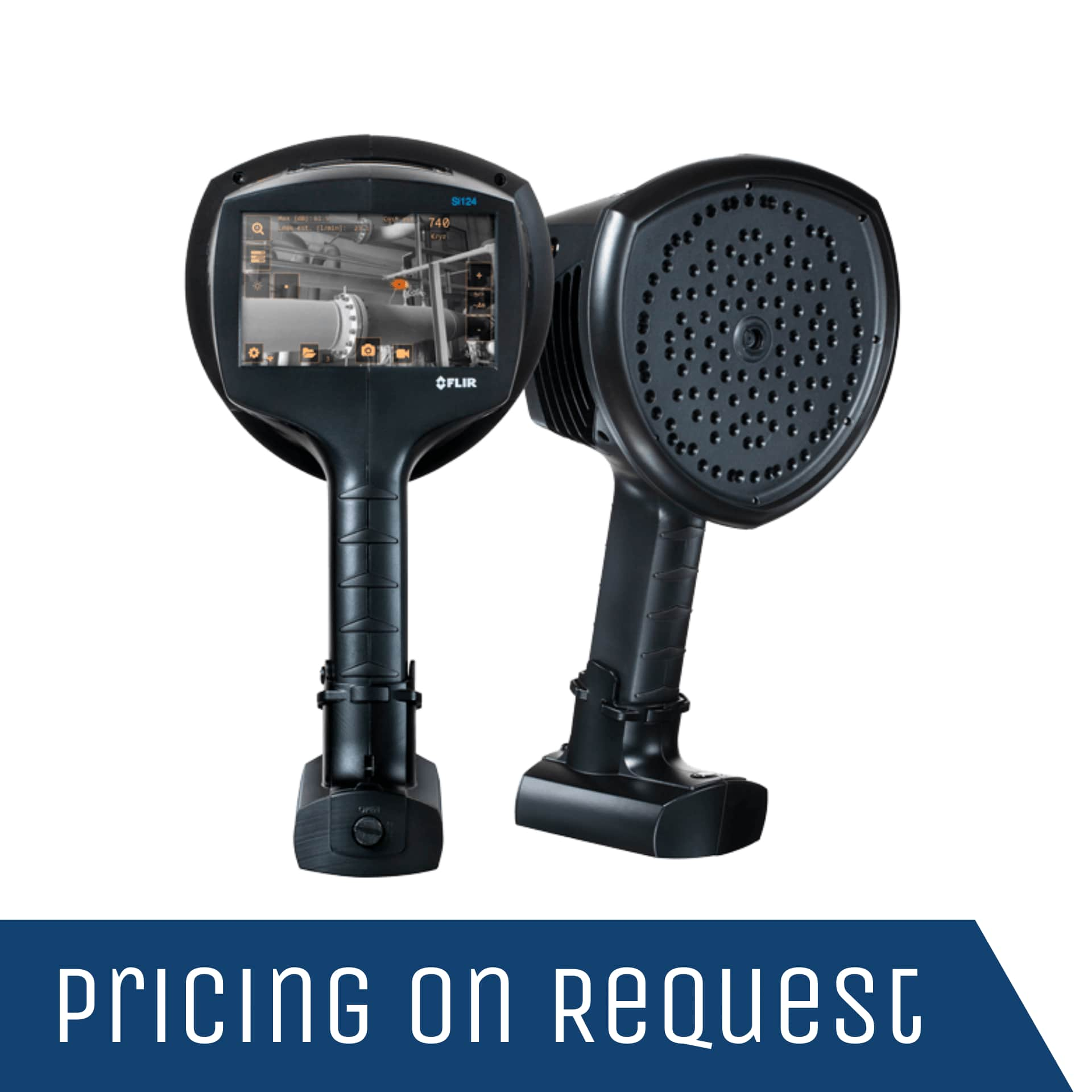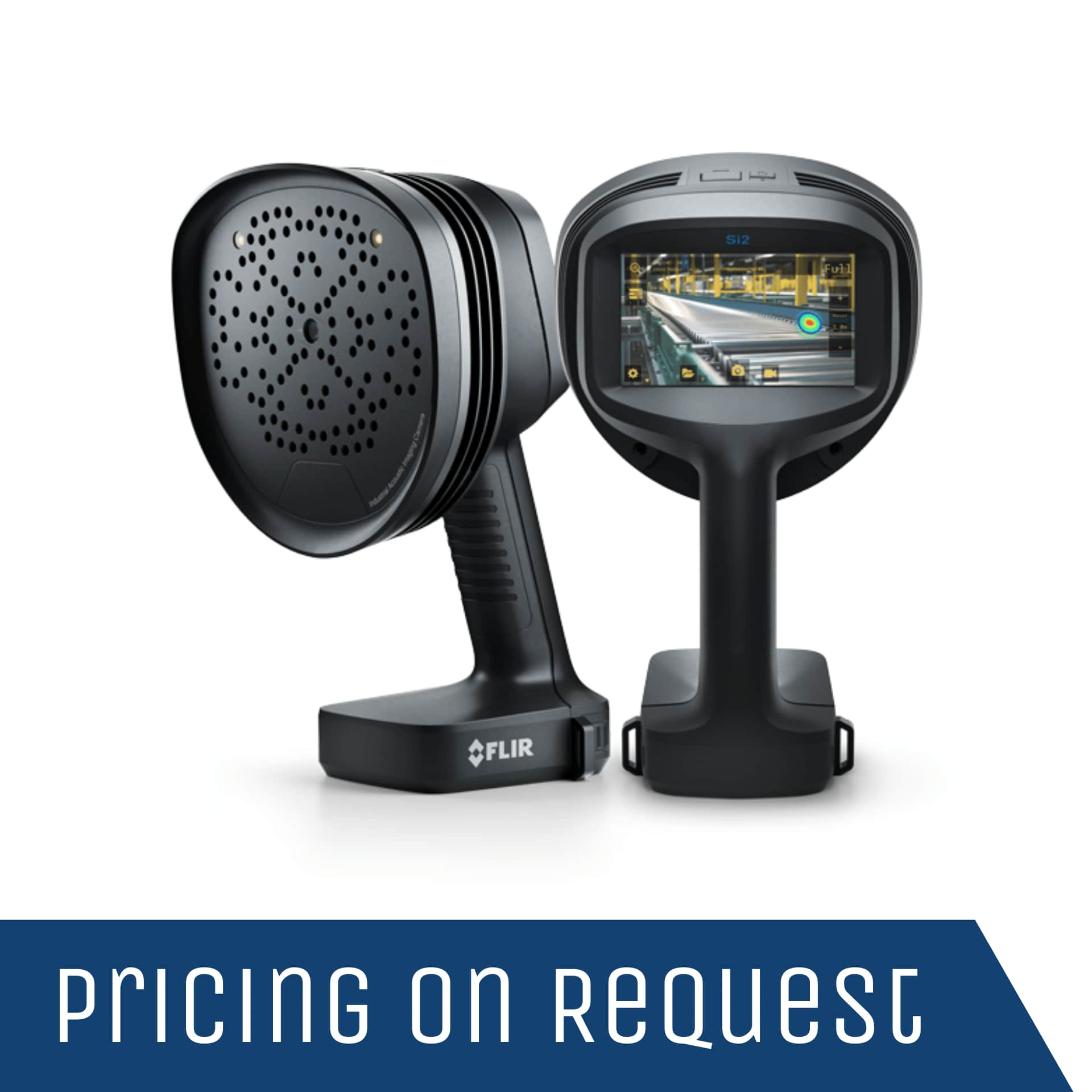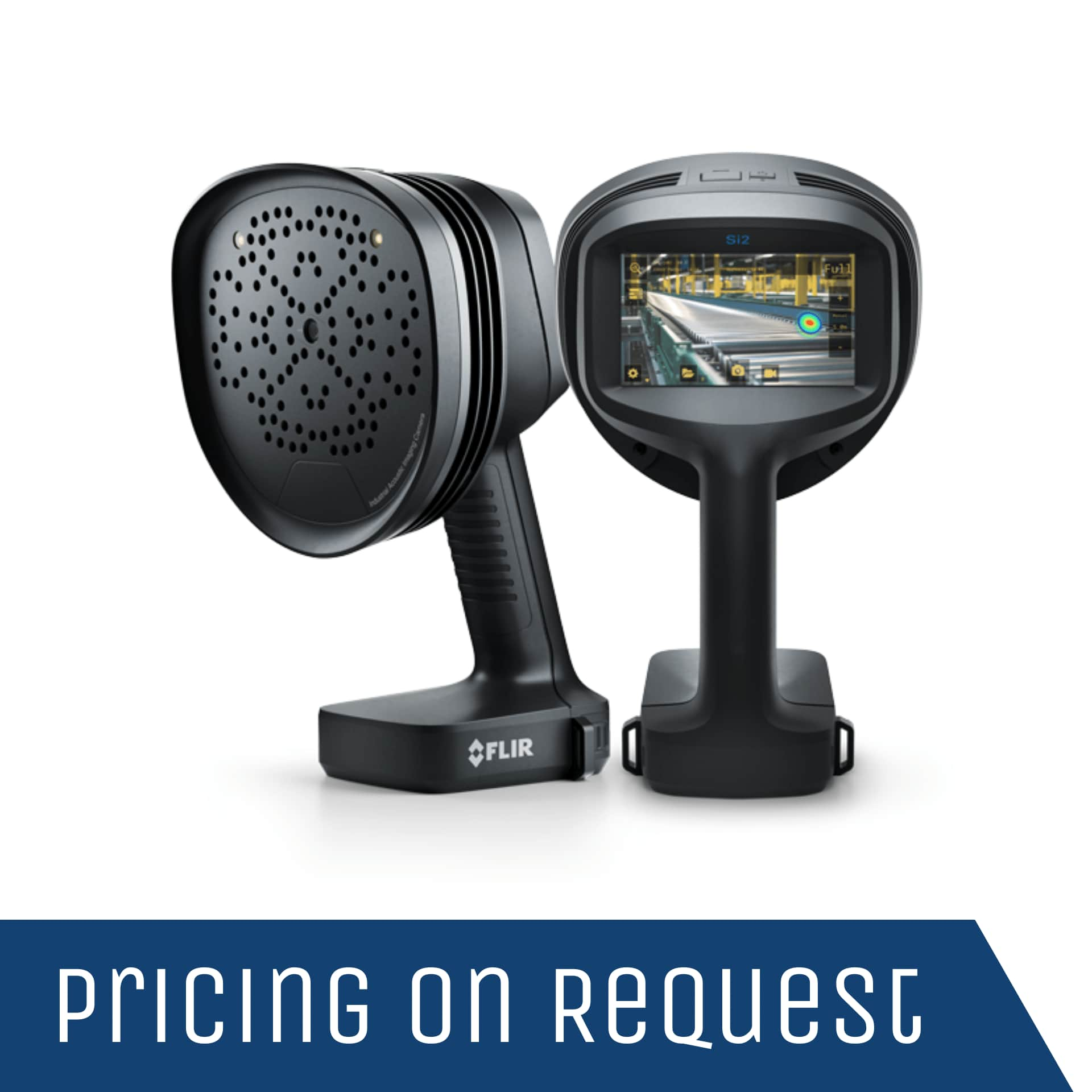Compressed air is the most expensive energy source in factories. Around one-third of it is lost due to leaks and inefficiencies.
The human ear can detect air leaks in a silent environment. However, in a typical industrial setting with loud background noise, it is impossible to hear even larger leaks. Fortunately, the S124 filters out the industrial noise, allowing professionals to “visualize” sound even in noisy environments.
Compressed air leak detection is essential. This is because it greatly affects energy usage and cost savings in manufacturing plants. The US Department of Energy (DOE) estimates that up to 30% of a manufacturing facility's electricity is used for compressed air.
This highlights the substantial energy demand associated with compressed air systems. Unfortunately, on average, one-third of compressed air is wasted due to leaks, misuse, pressure drops, and overpressurization. This means that a significant portion of the energy used to generate compressed air is being squandered.
The financial implications of compressed air wastage become evident when considering a typical manufacturing facility. Considering the average facility runs a 200 Hp compressor for 6,800 hours per year. It costs $0.11 per kilowatt-hour.
Compressed air leak detection is essential for any facility. It can result in cost savings, improved energy efficiency, reduced environmental impact, enhanced system performance, and increased equipment lifespan. Overall, it is a beneficial practice.




